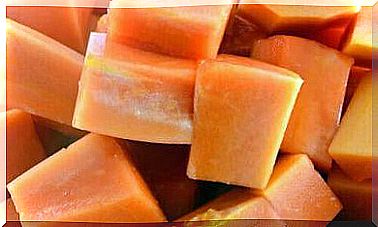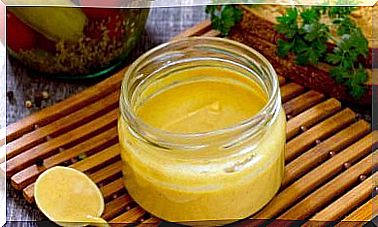How Can You Disinfect Fruits And Vegetables?
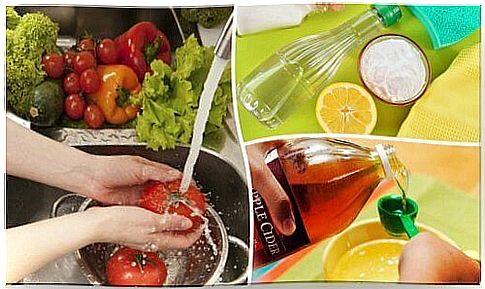
“Eat fruits and vegetables daily!” That is one of the most frequently given recommendations when it comes to health. Still, experts in some countries also suggest being careful when eating fruits and vegetables. The reason is that it is very important that you disinfect them before eating them.
Even though different foods are important, fruits and vegetables are the most notable. After all, they are one of the most essential sources of necessary nutrients.
Nutritionists recommend that you eat them raw. That way you can take full and one hundred percent benefit from their ingredients. But they also have a number of other positive effects.
This way you avoid getting sick as a result of bacteria or problems caused by pesticide residues.
There is absolutely no denying that fruits and vegetables are very healthy. On the other hand, we also realize that their surface is exposed to germs and chemical components abroad. They can have a negative effect on your body.
That is why there are strict rules in the Netherlands for all types of fruit and vegetables that are sold here. The products are also checked very regularly. In other countries it is sometimes different.
Fortunately, there are several natural methods for disinfecting fruits and vegetables. They also make it possible to eat them without changing their taste or texture. Let’s take a look at these products!
How can you disinfect fruits and vegetables?
1. White vinegar
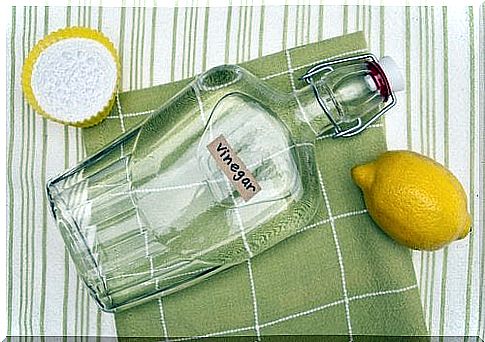
White vinegar has antibacterial properties and acts as a disinfectant. So you can use it to disinfect fruits and vegetables.
This ingredient is one hundred percent natural. For this reason, it will not affect the taste of these foods. Nor will it reduce the nutritional value.
How do you use white vinegar?
- Add a splash of white vinegar to a bowl of water. Use this to wash the fruits and vegetables you plan to eat.
- Do this before eating this food. That way you can be sure that you have removed all the germs.
2. Lemon juice
Lemon juice contains natural acids that have antibacterial properties. In addition, it also contains a number of important nutrients. Together, these characteristics of lemon juice can help to cleanse fruits and vegetables. As a result, it is safer to eat them.
You will find that it almost always disinfects without changing the taste of the food. Keep in mind that lemon juice sometimes leaves a slightly sour taste.
How do you use lemon juice for this purpose?
- Fill a bowl with water.
- Squeeze several lemons and add the juice to the water.
- Now soak the fruits and vegetables in the water for ten minutes.
- Then rinse them well with water. They are now ready to eat.
3. Essential Tea Tree Oil
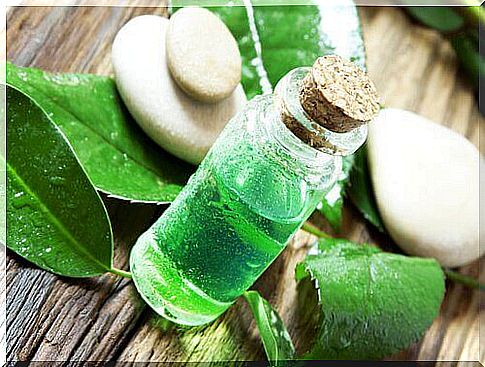
You should not ingest or ingest essential tea tree oil directly, but it contains antibacterial ingredients that have a disinfecting effect. So you can use it to clean fruits and vegetables.
Add some of this oil to a bowl with plenty of water. This way you get a disinfectant. It is ideal for removing germs and residues of pesticides or chemical elements.
How do you use the tea tree oil?
- Add a few drops of this essential oil to a bowl of lukewarm water.
- Then spray this remedy over all food that you want to disinfect.
- Finally, wash the product well.
4. Baking Soda
You can dissolve baking soda to make it a perfect disinfectant for all kinds of fruits and vegetables that are too dirty.
This salt is abrasive, allowing it to remove any remaining dirt and bacteria. This way you get fruit and vegetables with a clean and cleaned skin.
How do you use it?
- Fill a bowl with lukewarm water. Add a few tablespoons of baking soda and let it dissolve in the water.
- You can now use this to clean the power supply.
- Rub the remedy over the fruits and vegetables with your hands so that it works on the skin.
- Then rinse the food under the tap.
5. Hydrogen Peroxide

This is an easy solution: you mix hydrogen peroxide with water. You can use it to clean these types of foods, such as fruits and vegetables, before preparing them.
Hydrogen peroxide is a powerful antibacterial ingredient. If you bring food into contact with this remedy, it will remove the germs that can cause inflammation.
How do you use this product to disinfect food?
- To make the cleanser, use one part hydrogen peroxide to three parts water.
- Combine them and soak the fruits and vegetables in this solution before eating.
- Leave it on for five minutes.
- Finally, rinse the products with water.
6. Apple cider vinegar
White vinegar is most often used to clean these types of foods, but you can also use apple cider vinegar, because this vinegar also has a number of beneficial properties.
Apple cider vinegar contains organic compounds that can eliminate some types of bacteria. In addition, it can remove chemical and other toxic elements left on the peel.
How do you use apple cider vinegar to disinfect food?
- Fill a bowl with plenty of water. Then add half a cup of apple cider vinegar.
- Then soak the vegetables and fruits you want to eat in it.
- You can also use this cleansing moisture in a different way.
- Put it in a spray bottle and spray it over the vegetables.
- Finally, rinse the products with water.
7. Sea Salt
Sea salt has disinfecting properties. Therefore, it can be a tool to clean certain fruits and vegetables.
But unlike the remedies we discussed above, sea salt can dramatically alter the taste, as it leaves a salty taste.
For that reason, you can use it to wash ingredients.
How do you use sea salt to disinfect food?
- Fill a bowl with lukewarm water. Add one tablespoon of salt.
- Then rub this on the surface of the vegetables and fruits.
- Rinse well if it still has a very salty taste.
As you can see, there are several ways to make sure you disinfect your fruits and vegetables adequately. Because even if you usually don’t notice it, your food can contain germs and harmful ingredients. So be careful!


